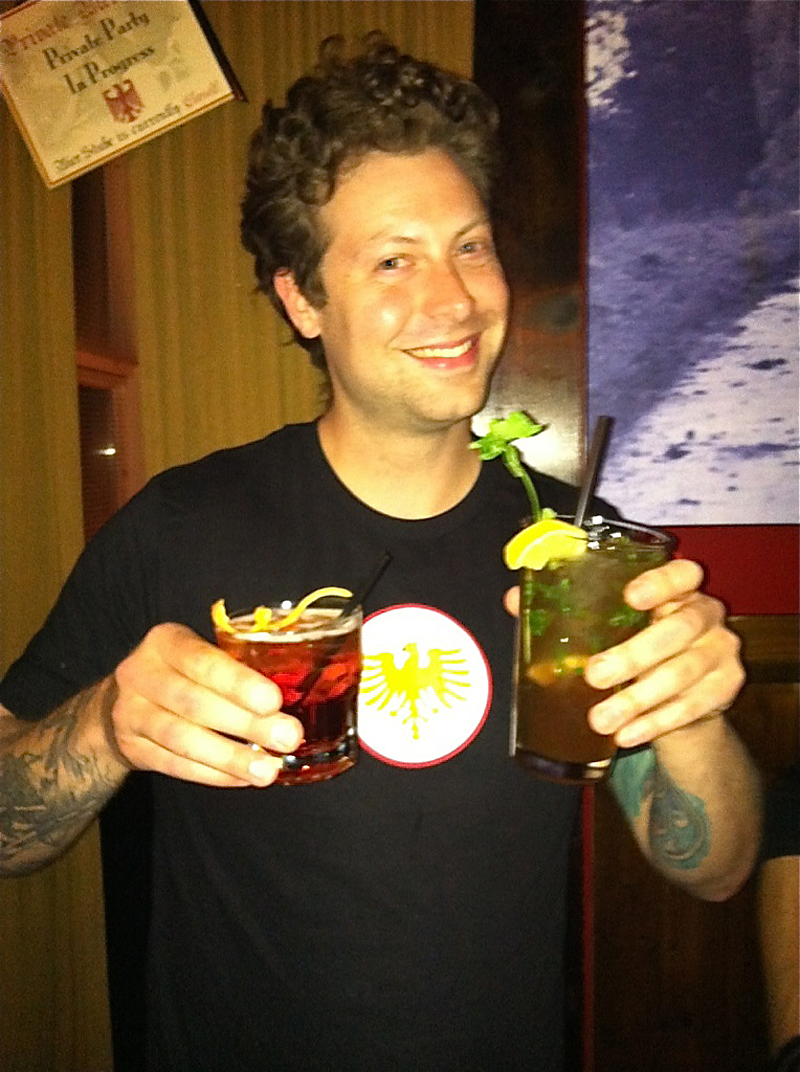http://www.elasmodiver.com/It’s a Basking Shark, and yes, there’s a connection.Once upon a time, I thought about going to cooking school, until I realized I would have to take chemistry. A musician, an artist, and a writer, I am not by any stretch of the imagination competent when it comes to math or science. Science, to me, is a lot like German: I’ve encountered it, recognize vocabulary, and can follow a simple conversation reasonably well based on body language and the handful of words I know. But offer me a million dollars to construct a sentence in German, and I’ll laugh at you. It’s a language I don’t speak, have never studied, and only “learned” because so many choral works use German texts. To continue the analogy: I enjoy baking, and used to do a fair amount of it back when gluten and I were friends. Most baking recipes already include all the necessary calculations; the chemistry is done, and what remains is to follow instructions. When my doctor told me to evict gluten from my life, it was as though my kitchen was being taken over by what Mark Twain described as “The Awful German Language.” Suddenly, there were so many rules. And a lot of them weren’t obvious. Or even, really, logical.The first batch of cookies I made gluten-free were from an early-model gluten-free mix purchased in the store. They were tragic. And made the entire kitchen smell like bean sprouts (ew, garfava flour) . . . not a result I’d been accustomed to from chocolate-chip cookies in the past. Even with a year of “elimination diets” and experimental food restrictions on my side, no other baking restriction I’d yet encountered had held such sway over results as the absence of gluten. Common problems with gf bread: the crumble.It turns out, gluten is responsible for a lot more than just making people sick. According to Shirley O. Corriher, author of Cookwise, “When you add water to wheat flour and stir, two proteins in the flour, glutenin and gliadin, grab each other and water. As you continue to stir, more and more of these proteins connect and cross-connect to form sheets of gluten. These remarkable elastic sheets trap and hold air and the gasses made by yeast and enable yeast bread to rise. […] A yeast bread made with any grain that does not contain these two proteins will not rise, no matter how much yeast is used. The yeast can produce millions of bubbles of gas, but without gluten to hold them, the bubbles float off into the air.” Hrm. Incredibly inconvenient that I am just reading this now, since I determined last week that I wanted homemade bread, and made attempts at working with gluten-free flours and yeast that were, unbeknownst to someone who hadn’t done her research, doomed to failure from the get-go. Problematically, most of the gluten-free bread recipes I’ve found thus far rely heavily on protein from egg (can’t have it), dairy (can’t have it), or soy (can’t have it), and a surprising number also required a bread machine (don’t own one). So currently sitting on the counter are one loaf of fall-apart bread and one loaf of partly risen bread which baked up to look a curious amount like a basking shark. If you’re waiting for a triumphant finish to this story, you’ll be disappointed. The most “successful” experiment was the basking-shark bread, which proved to have a hopeful texture, in spite of Corriher’s predictions. Over the next couple of weeks, I’ll continue experimenting with that “recipe” to see what kinks can be worked out.Gluten-free baking experiments. Hmm.Meanwhile, I will share this discovery with you: Of the mixes yet tried, Bob’s Red Mill “GF Homemade Wonderful Bread” mix offers the best consistency and flavor. Start there. Hopefully, by next week, I will either have succeeded, or failed spectacularly enough to be signing a book deal. Either should produce a decent blog post.
More Stories From This Author
For 50 years, Zeke’s off US 2 has served delicious burgers
It’s been a popular pit stop in Gold Bar for skiers and hikers, and the same family still runs it.
By
Evan Thompson • June 6, 2019 11:05 am
With ‘Game of Thrones’ ending, it’s time for a proper feast
How to make a meal inspired by the Lannisters’ and Starks’ world, fit for the King in the North.
By
Ben Watanabe • May 15, 2019 1:30 am
Stash Box: 2016-2019
Time to roll one for the road …
By
Meagan Angus • February 26, 2019 3:15 pm







